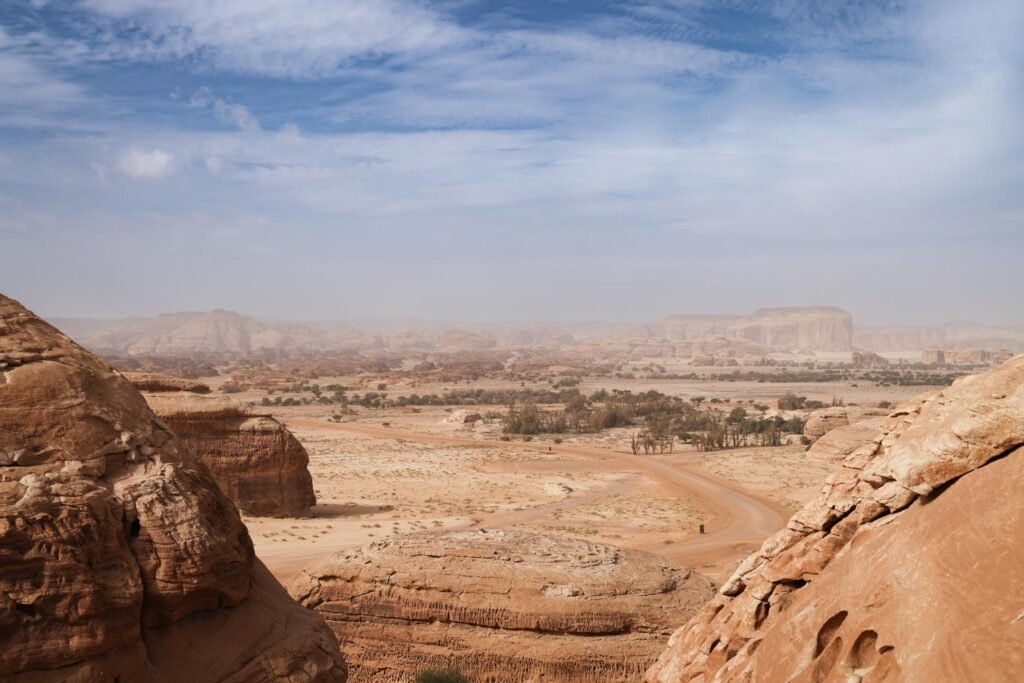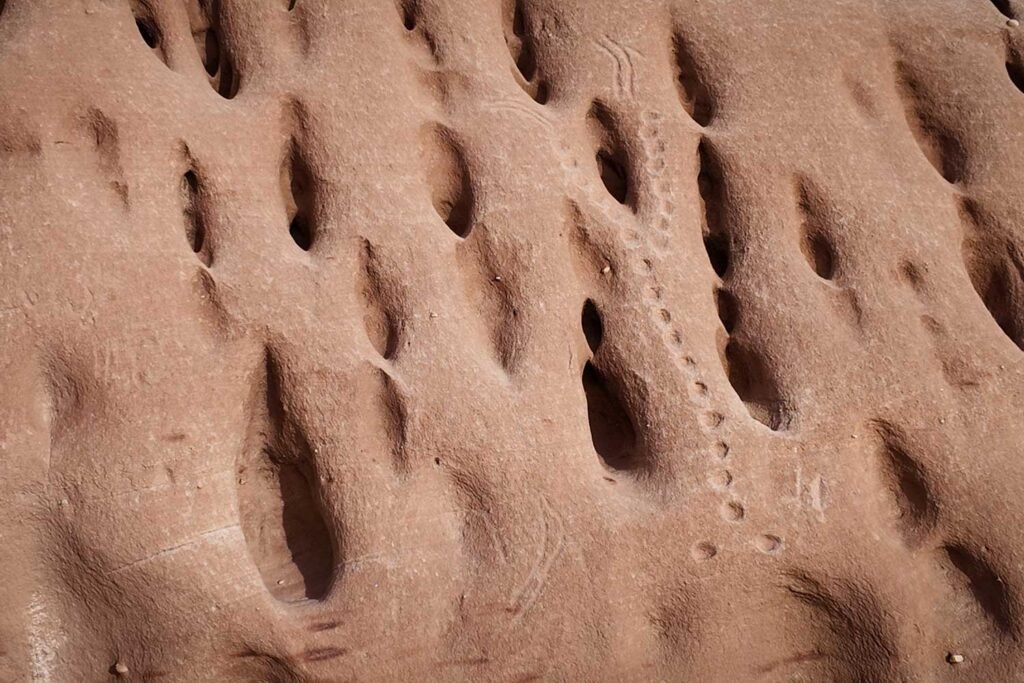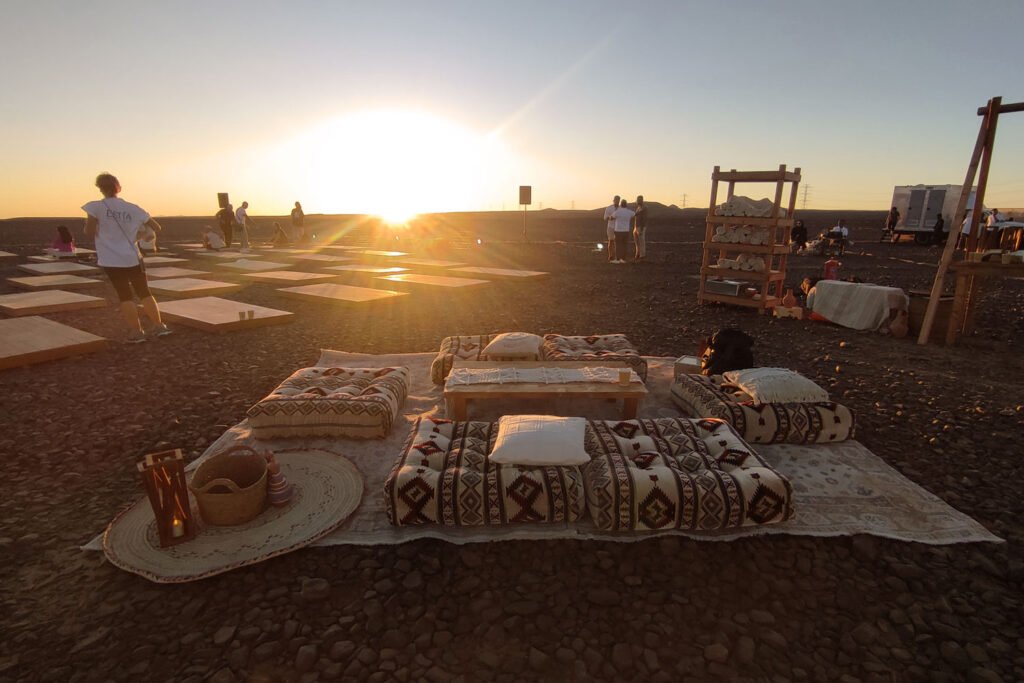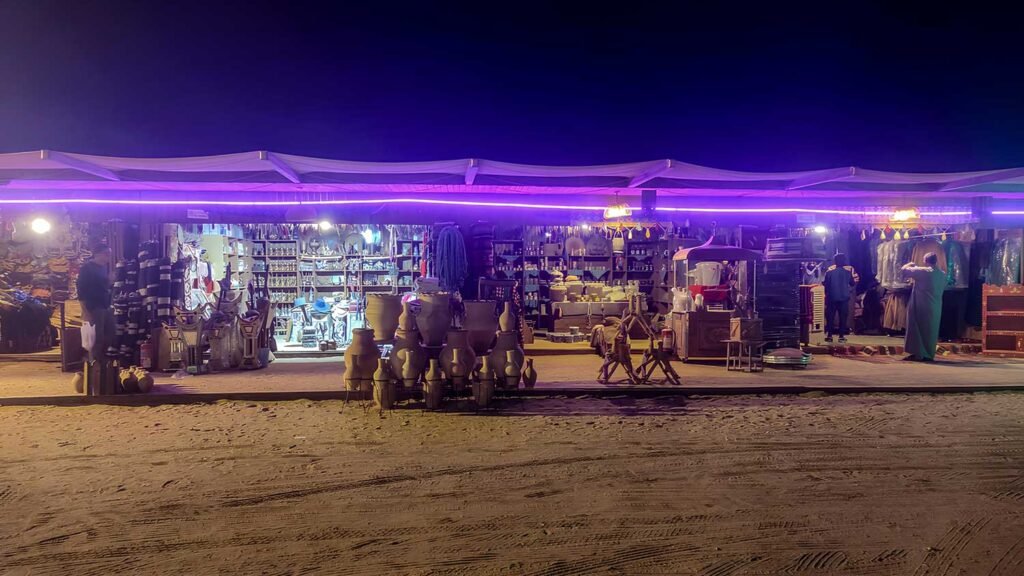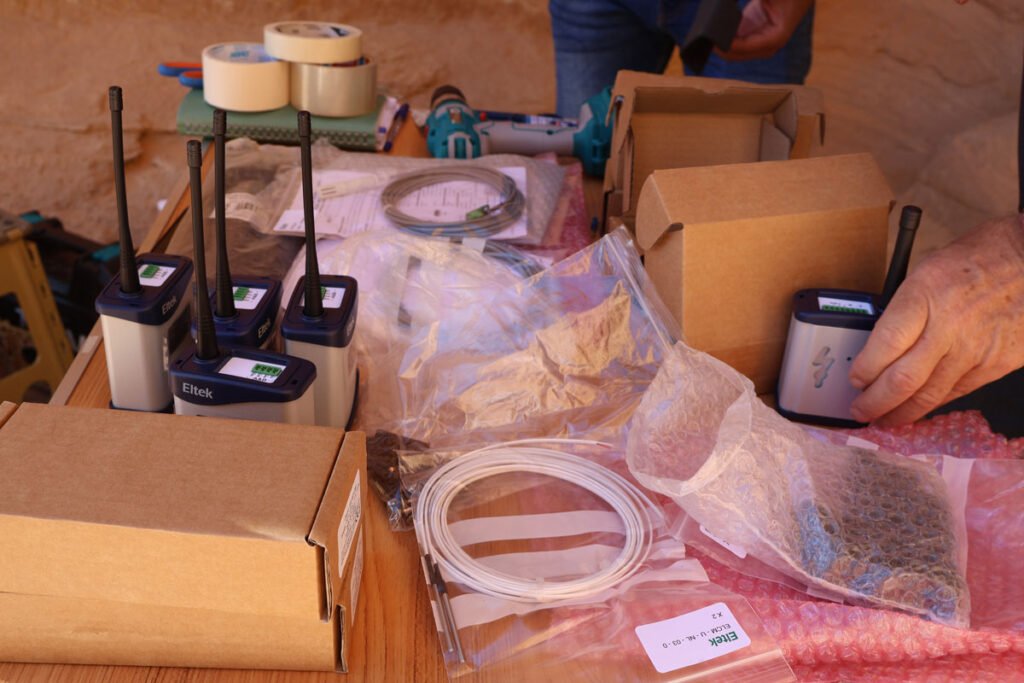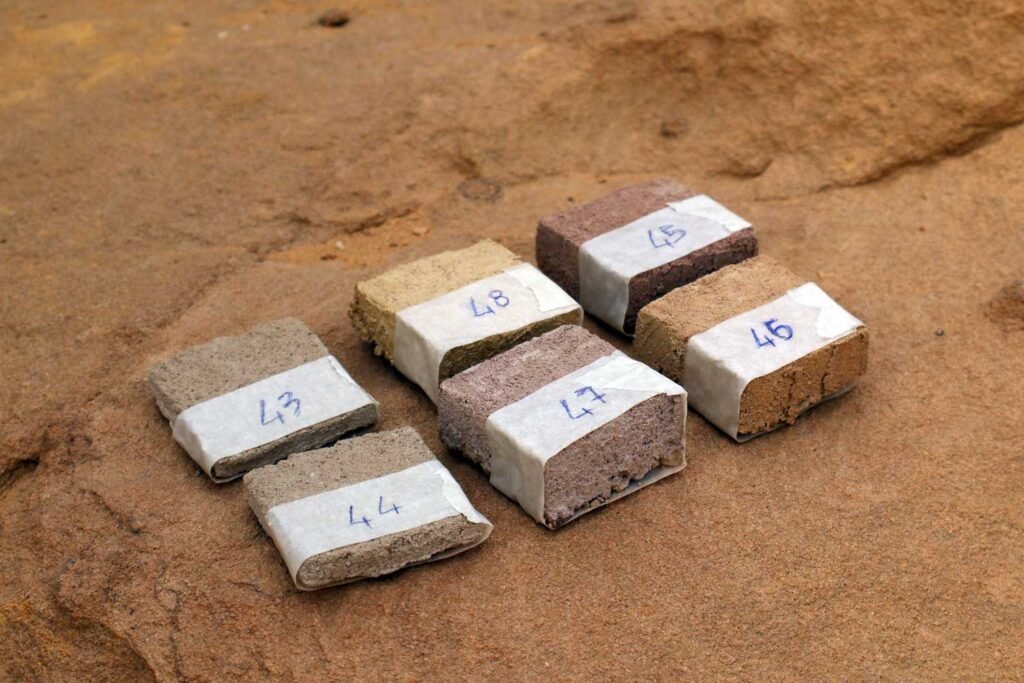The Project
A Collaborative Effort: RCU and Estia Unite for the Preservation of Hegra's Heritage
Our team, composed of highly skilled professionals across various thematic areas, is engaged in a comprehensive condition assessment of the Hegra tombs. Through close observation and innovative diagnostic analysis, it will be possible to study in depth the construction materials, the execution techniques, and the critical issues to elaborate a respectful and sustainable conservation strategy.
1st Field Season
- Sept. 23 - Apr. 24
1st Off Season
- May 24 - Sept. 24
2nd Field Season
- Oct. 24 - Apr. 25
2nd Off Season
- May 25 - Sept. 25
- Oct. 25 - Dec. 25
Our approach is based on a significant lesson learned from our extensive experience in restoration: conservation interventions, not properly calibrated according to the specific characteristics of the materials and the environmental conditions, may cause long-term detrimental effects. This is why we prioritize indirect prevention and protection measures, especially on a site like the necropolis of Hegra. The monuments carved in the sandstone, in fact, are deeply connected to the rocks. Therefore, it is very important to consider the site as a unique ecosystem that contains evidence of the art and technique of the Nabataeans.
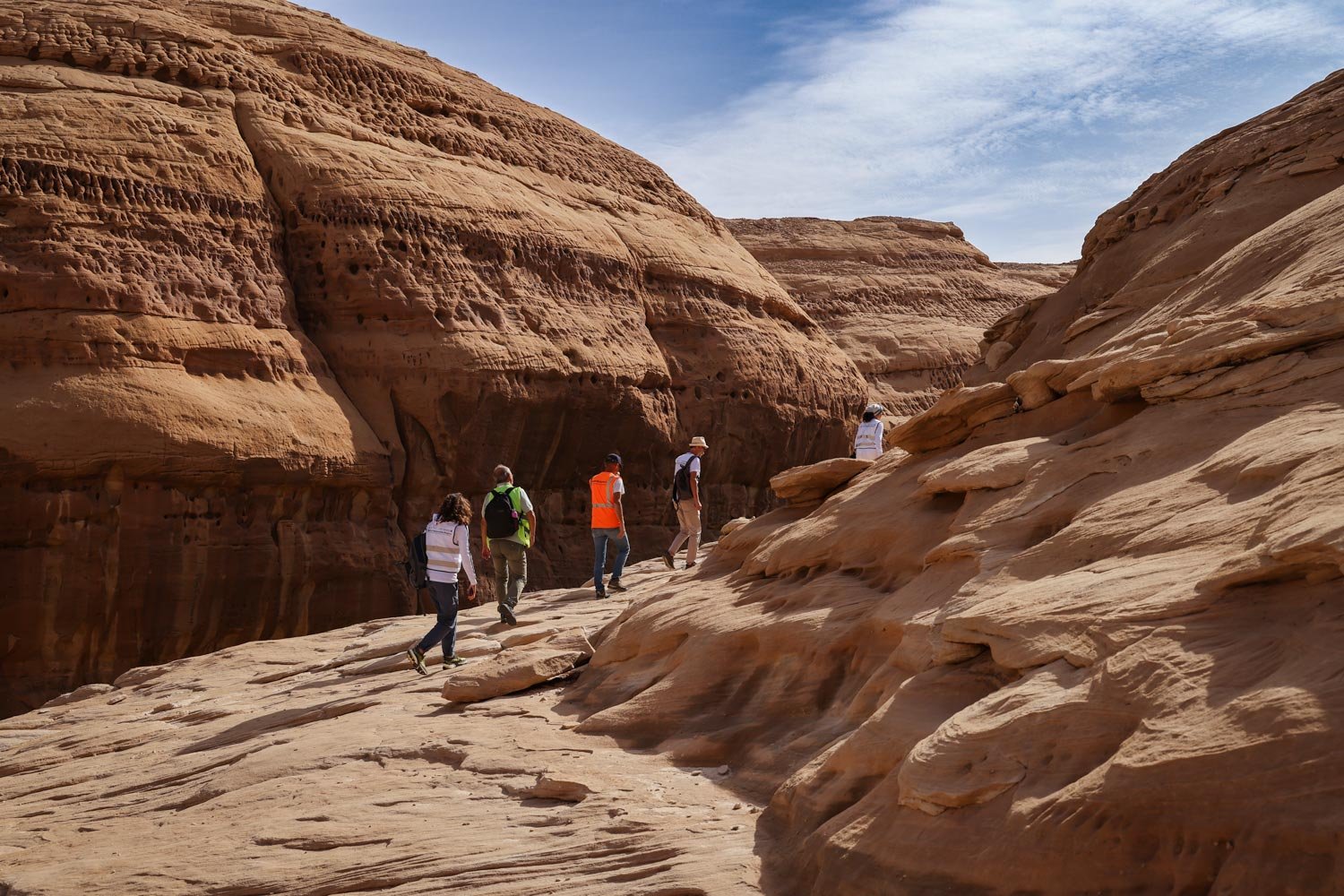
Our methodology is deeply rooted in the rich Italian tradition of cultural heritage restoration, drawing upon a vast body of scientific literature and the wisdom encapsulated in various restoration charters. The intertwined principles of minimal intervention and maximum compatibility form the backbone of our approach to preserve the integrity and authenticity of the Hegra archaeological site, from past to future.
Hegra’s Diary is our blog that chronicles the exciting journeys of our field study seasons. Here, we share insights, observations, and experiences from our work on the archaeological site, bringing you closer to the history, the challenges, and the daily life of our team in the field.
The timeline
First Field Season
Start of the study of the state of conservation and 3D surveys.
Milestones:
- end of field diagnostic campaign
- end of 3D surveys campaign and orthophoto maps
- monitoring system installation
- end of 1st season on the field
- end of 1st training season
- release 1st version of the geodatabase
First Season Break
Purchase data analysis and reporting.
Milestones:
- elaboration of 3D surveys and orthophotos
- final diagnostic campaign report
- GIS mapping processing (1st season in the field)
- environmental data monitoring (1st phase)
- project of urgent conservative interventions
- sample area project for testing activities
- consolidation of 1st geodatabase release
Second Field Season
Treatments and cleaning tests of the sample area.
Milestones:
- end of the second season on the field
- end of the second training season
- release 2nd geodatabase version
Second Break Season
Purchase data analysis and reporting.
Milestones:
- elaboration GIS Mapping (2nd season)
- verification and analysis of acquired data
- environmental data monitoring (2nd phase)
- consolidation of the 2nd geodatabase release
Final Season
Last treatments and the final documentation.
Milestones:
- end of field test
- end of production of bi-weekly reports by the site manager
- appraisal of interns
- 2nd release consolidation
- transfer of the server to RCU
- final report
- publication
- final event

